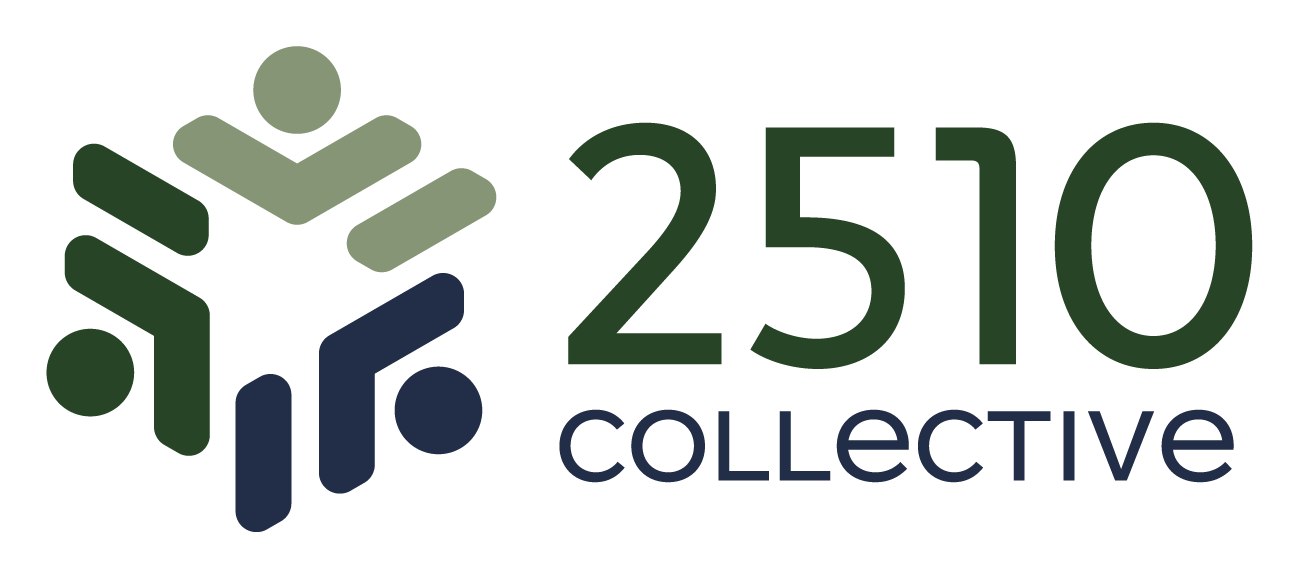Steady in the Storm (Part 4): Reclaim Calm One Muscle at a Time
After the floodwaters came through Texas, many of us were left standing in the aftermath—salvaging what we could, scrubbing down what was left, and trying to hold it all together. But long after the physical cleanup begins, the emotional weight lingers.
Even when the house is dry and the electricity is back on, you might still feel stuck in survival mode—tense, short-fused, exhausted in ways sleep doesn’t fix. That’s not weakness. That’s your body keeping score.
And if you're carrying all of that right now, you need more than rest. You need relief. You need regulation. You need to reset.
This is the fourth and final blog of a series designed to give you practical tools to regulate big emotions. Whether you are affected by the current floods in Texas or feeling overwhelmed by other life events, these tools are effective and free - you can use them anywhere, anytime!
The final technique is Progressive Muscle Relaxation. It’s simple. It’s powerful. And it’s made for moments like this.
The Technique: Simple, But Not Easy
Here’s how it works:
Find Stillness.
Sit or lie down in a place where you can be uninterrupted—even if it’s the front seat of your car or a quiet corner of a shelter. This moment signals to your nervous system: We’re switching states now.
Breathe with Intention.
Inhale through your nose. Exhale through your mouth—longer on the way out. This activates your parasympathetic nervous system—your body’s built-in “calm switch.”
Tense and Release, Head to Toe.
Start with your toes. Squeeze tight for 5–10 seconds. Then release.
Move upward—calves, thighs, abdomen, hands, shoulders, jaw.
As each area relaxes, notice what your body has been holding… and what it finally lets go.
This isn’t just about relaxing muscles. It’s about regaining command over your internal world—when the external one has been turned upside down.
Why It Works (Especially Now)
Your body isn’t just reacting to the storm—it’s still bracing for the next one. And if you never teach it how to release that tension, it will keep sounding alarms even when you're safe.
Progressive Muscle Relaxation is your reset button.
It slows your system, clears your mind, and reintroduces safety—not just as a concept, but as a felt experience.
The Benefits That Actually Matter
Let’s skip the spa-talk and get honest. Here’s what this practice can give you:
You stop the mental spiral.
Releasing tension brings clarity. Clarity brings calm.You take back control.
When your body stops reacting to invisible threats, you can start responding to real life again—with choice and intention.You sleep better. You think better. You show up stronger.
A calm body leads to a clear mind. A clear mind leads to stable choices.You build discipline.
This is not emotional escapism. It’s quiet work. It’s strength training for your nervous system.
This is regulation by design—not wishing, not stuffing it down, not snapping at the people you love. It’s choosing a new way to carry the weight.
Do the Quiet Work
Progressive Muscle Relaxation isn’t soft or passive. It’s not about collapsing. It’s about taking your system—hijacked by stress, burdened by loss—and teaching it to stand down.
You may not be able to rebuild your house overnight. But you can rebuild your internal state—one muscle, one breath, one quiet decision at a time.
That’s what resilience looks like: not luck, but discipline. Not escape, but strength.
You Don’t Have to Do This Alone
If you’re struggling—if your body won’t relax, if your sleep is fractured, if your emotions feel stuck on high alert—you’re not broken.
You’re a human being coming through a disaster.
And you don’t have to white-knuckle your way through recovery.
Professional counseling is available, and it works. Whether you're dealing with trauma, anxiety, exhaustion, or grief, we’re here to walk with you through this season—not just to survive it, but to heal from it.
Reach out.
You’ve carried so much already. You don’t have to carry the emotional weight alone.
Steady in the Storm Series Recap:
Change Your Temperature — regulate in crisis
Move With Intensity — use your body’s strength
Breathe Like You Mean It — shift your mental state
Reclaim Calm One Muscle at a Time — reset from the inside out
You survived the storm.
Now it’s time to heal the aftermath—and you don’t have to do that alone.
